SGGPO
Quang Ngai Provincial Agricultural Extension Center has successfully implemented a model of commercial cobia farming in HDPE cages on Ly Son Island, increasing the survival rate; in particular, the model can withstand even level 7 and 8 storms.
The model of commercial cobia farming in HDPE cages is being implemented in Ly Son island district in the period of 2022-2024. The model uses new materials such as HDPE plastic, which is environmentally friendly, durable, flexible, non-oxidizing, resistant to biofilm, resistant to big waves, strong winds and can withstand high loads without deformation. The lifespan of HDPE plastic cages can reach over 30 years.
Initially, the model was deployed at Mr. Vo Xuan Tot's household (Dong An Hai village, Ly Son district) with a scale of 1 cage with a volume of 125m3 , the number of breeds to be raised was 1,000, the size of the breed was 15-18cm/fish, the stocking density was 8 fish/ m3 .
Through the implementation process in stormy conditions, Mr. Tot said that in September 2022, storm No. 4 with gusts of level 7 and 8 passed through this sea area but the HDPE cage did not encounter any problems.
“In my experience, this type of cage can withstand level 12 storm winds. After this season, I will continue to invest in more HDPE plastic cage systems. Gradually, I will completely convert traditional marine cage farming to HDPE cage farming,” said Mr. Tot.
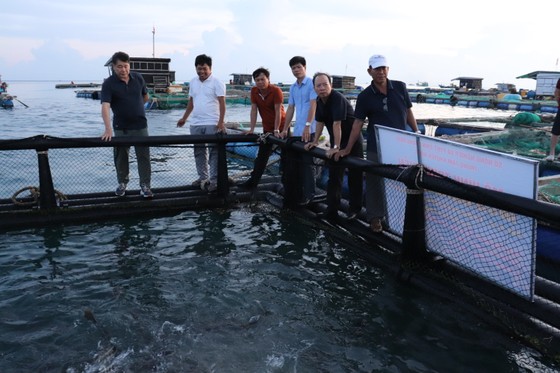 |
The model of raising cobia for sale in HDPE cages increases the ability to withstand storms of level 7.8 or higher on Ly Son Island, Quang Ngai Province. Photo: Provided by Quang Ngai Agricultural Extension Center |
Not only effective in withstanding storms, cobia raised in HDPE cages also gave very good results. After 9 months of raising, Mr. Tot harvested over 3.5 tons of commercial cobia. The average weight when harvested was over 5kg/fish. The average selling price was over 190,000 VND/kg. After deducting expenses, the profit was nearly 200 million VND.
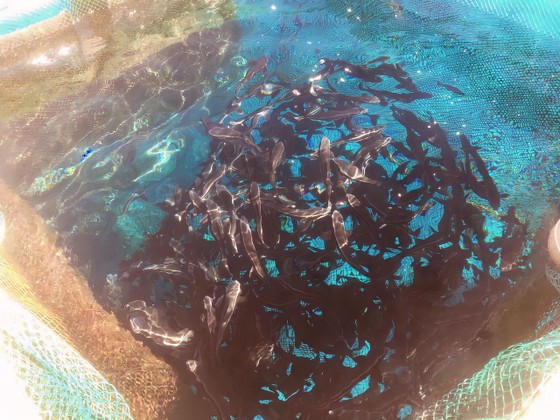 |
Cobia raised in HDPE cages have increased survival rate and good yield. Photo: Quang Ngai Agricultural Extension Center |
In 2023, the Quang Ngai Provincial Agricultural Extension Center continued to invest in 2 more cages, deployed at the households of Mr. Nguyen Loi and Mr. Truong Dinh Phu (Tay An Hai village, Ly Son district) with a total volume of 250m3 , releasing 2,000 cobia fry, size from 15 - 18cm/fish. Up to now, after nearly 5 months of raising, the cobia of the 2 households participating in the project have all grown and developed well, with an average weight of 1.5-1.7kg/fish, and a survival rate of 90%.
Mr. Phu said: “The characteristic of HDPE plastic cage farming is that the cages are separate from other cages, not connected into rafts like traditional wooden rafts. At the same time, thanks to their good resistance to waves and wind, HDPE cages can be placed in offshore areas, which helps to create a more airy farming environment, thereby increasing the survival rate of fish, helping them grow healthily and with fewer diseases.”
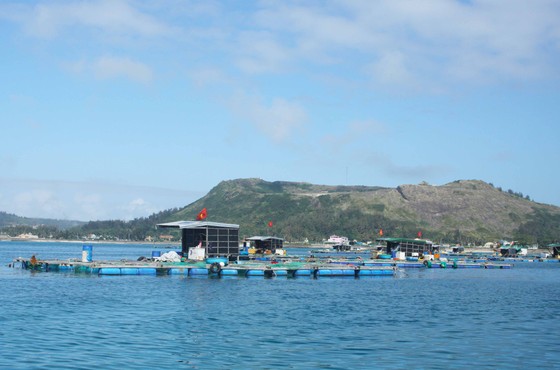 |
These are wooden and plastic cages. Every year, due to storms, aquaculture farmers have to move their cages 2-3 times. Photo: NGUYEN TRANG |
Currently, in Ly Son district, there are about 1,612 cages of more than 54 households raising aquatic products at sea. Most of the cage systems are wooden rafts, non-plastic rafts with the main farming objects being cobia, giant trevally, pompano, lobster, etc.
The characteristic of farming in wooden and non-plastic rafts is that they have poor resistance to natural disasters. Every year when there are storms, big waves, and strong winds, aquaculturists on Ly Son Island have to move their cages 2-3 times, often suffering damage from storms and winds, reducing the survival rate of farmed species. Therefore, the solution of raising cobia in HDPE cages will limit damage caused by storms and winds, while helping the marine farming industry of Ly Son district develop sustainably.
Source



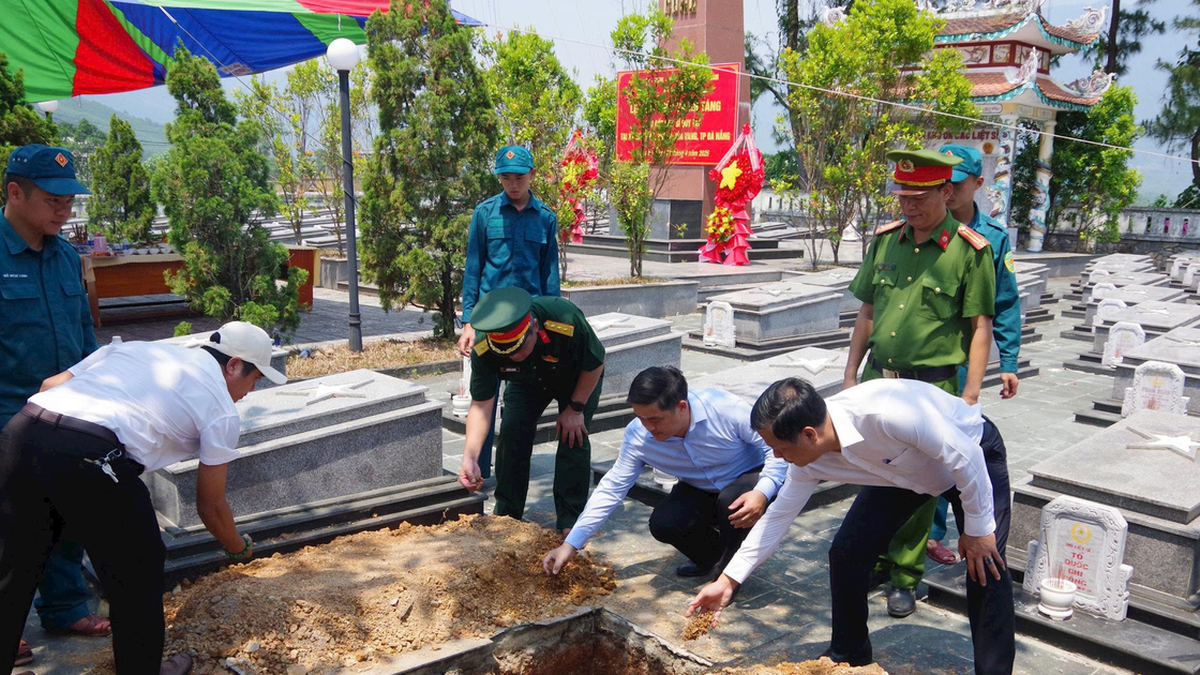
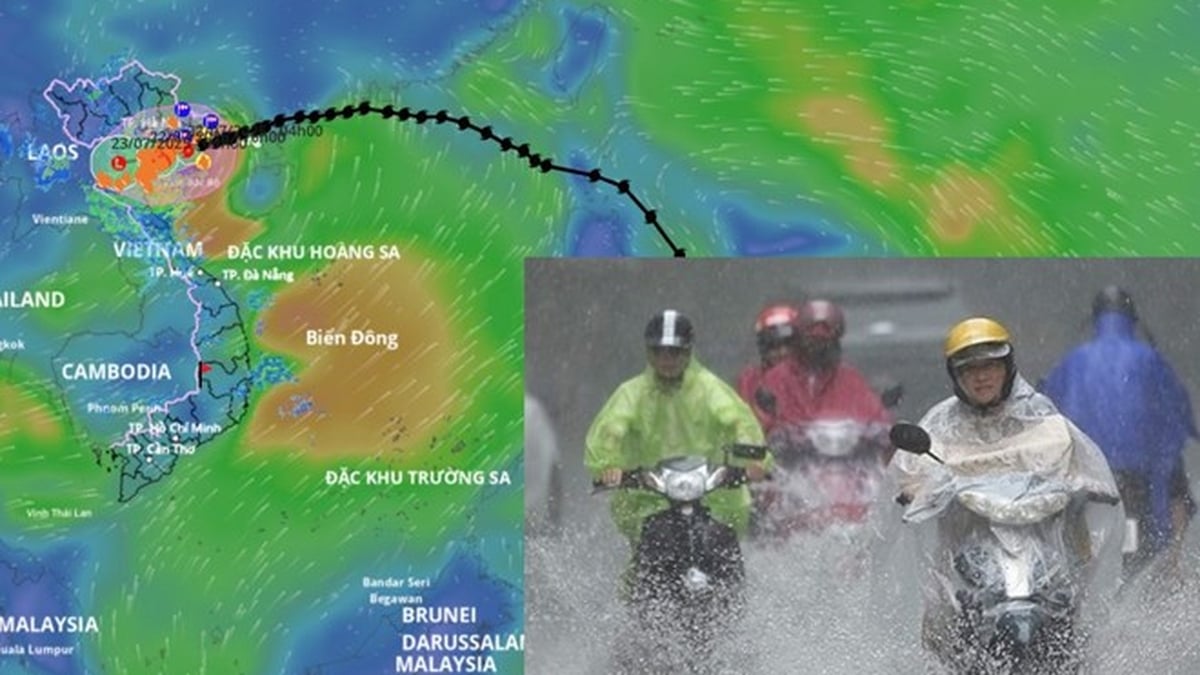
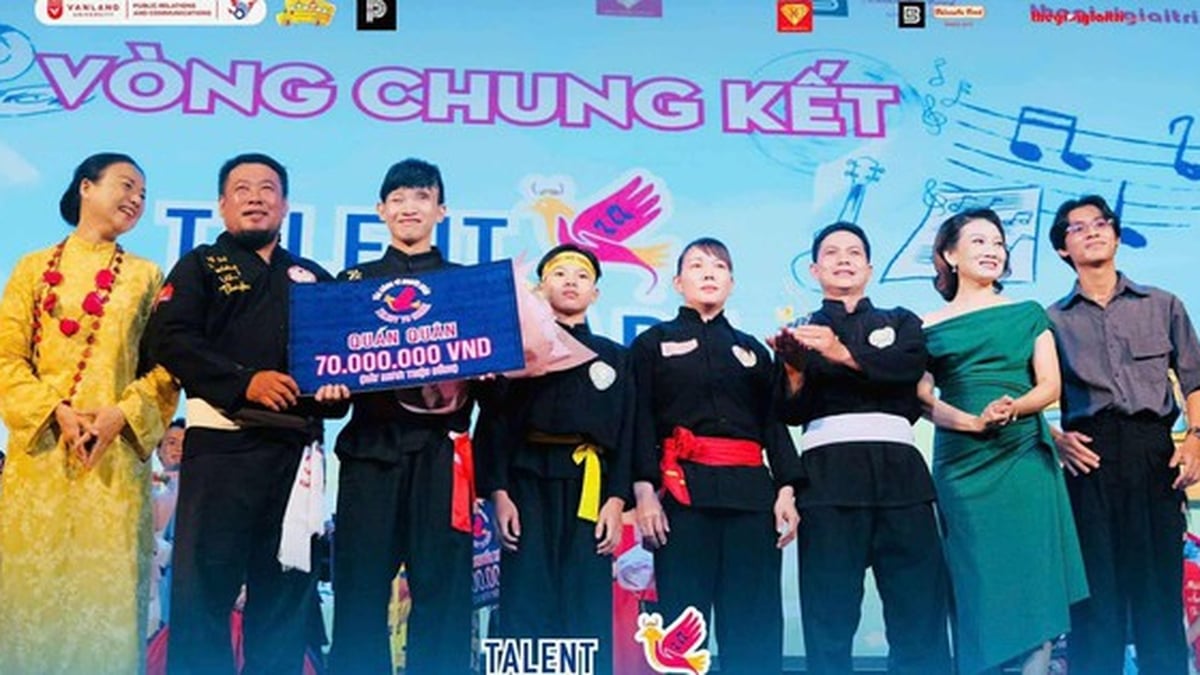
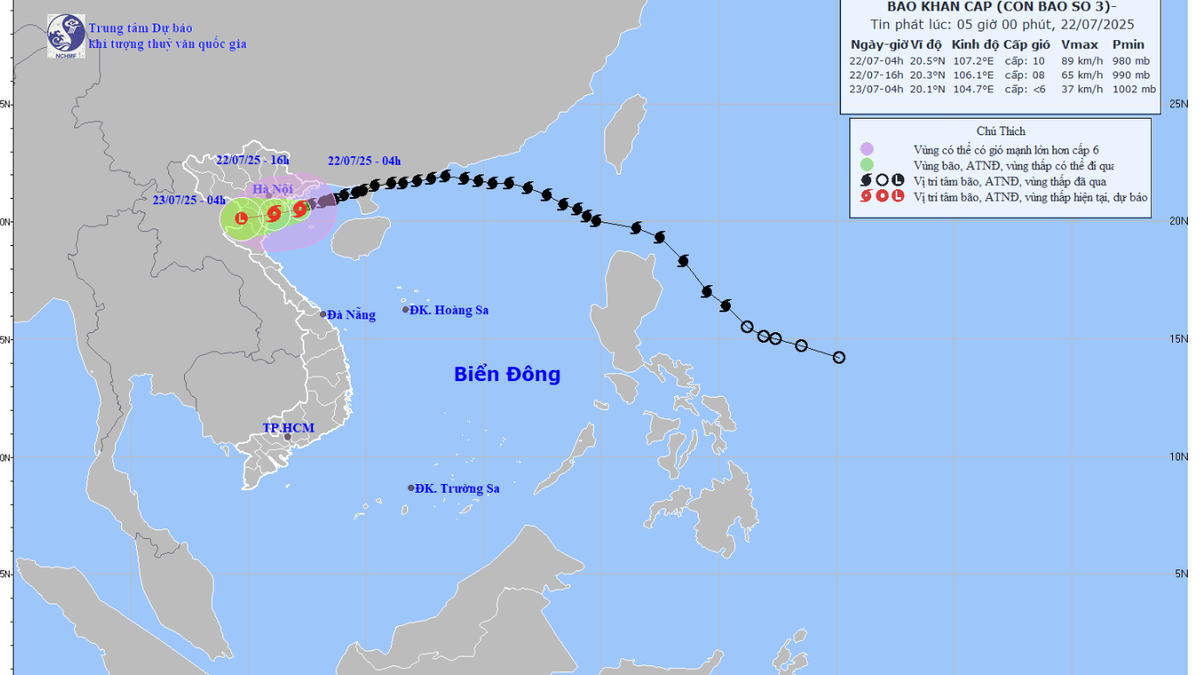
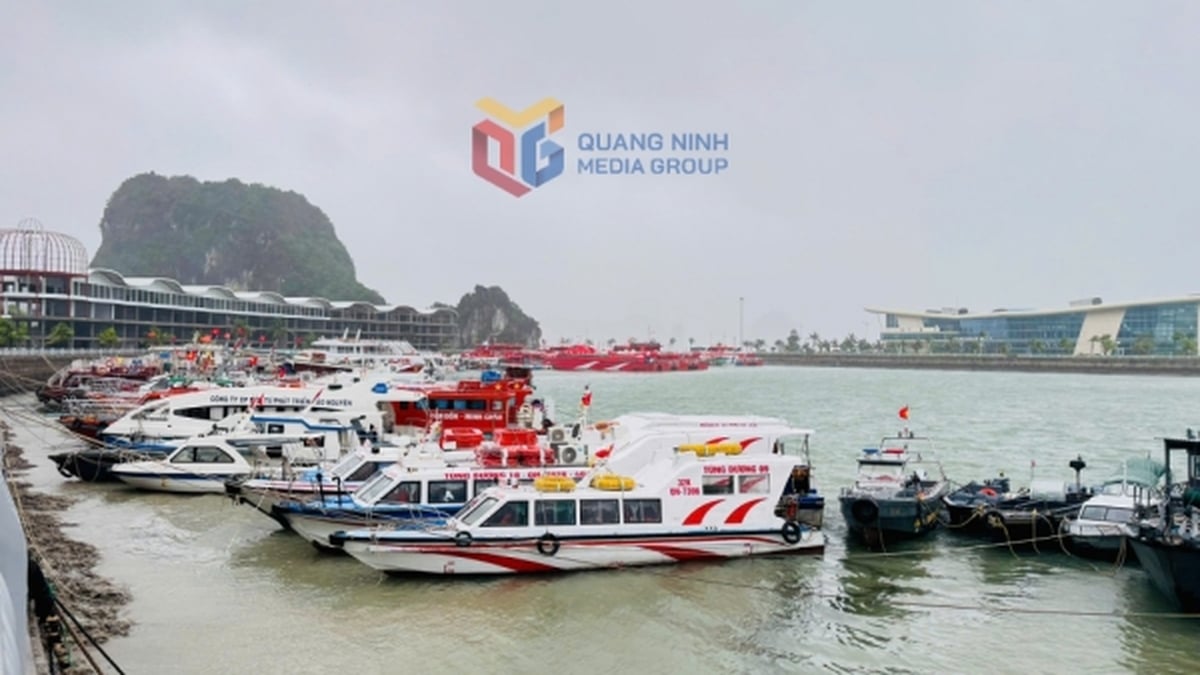
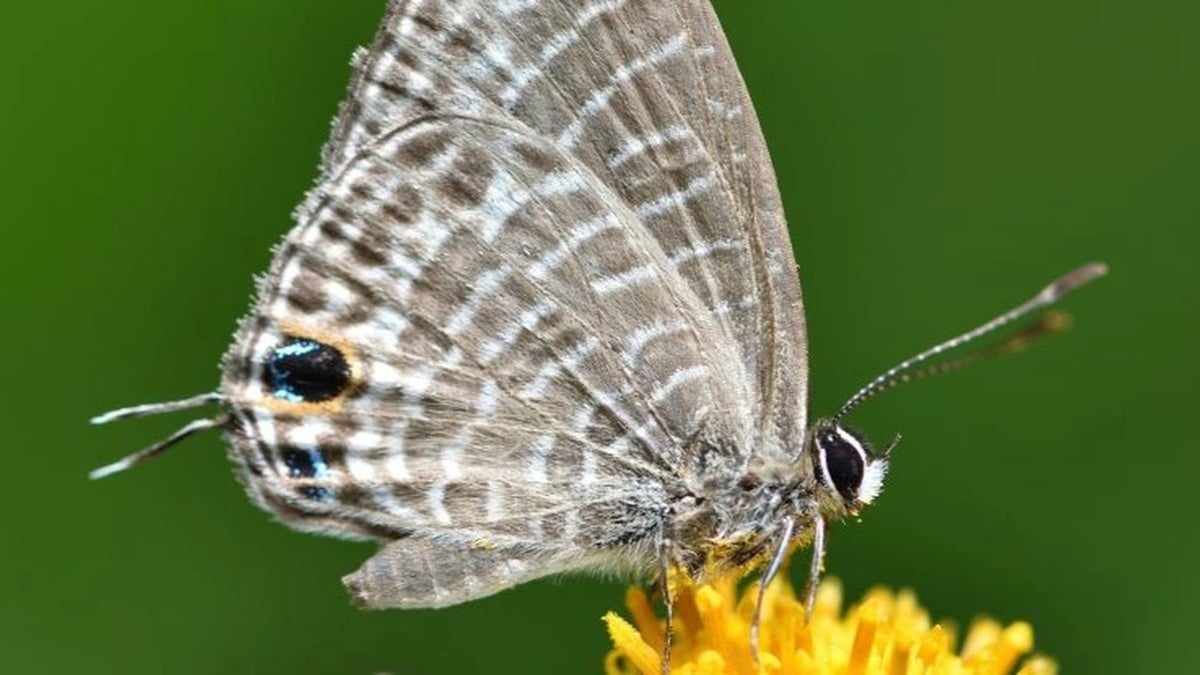
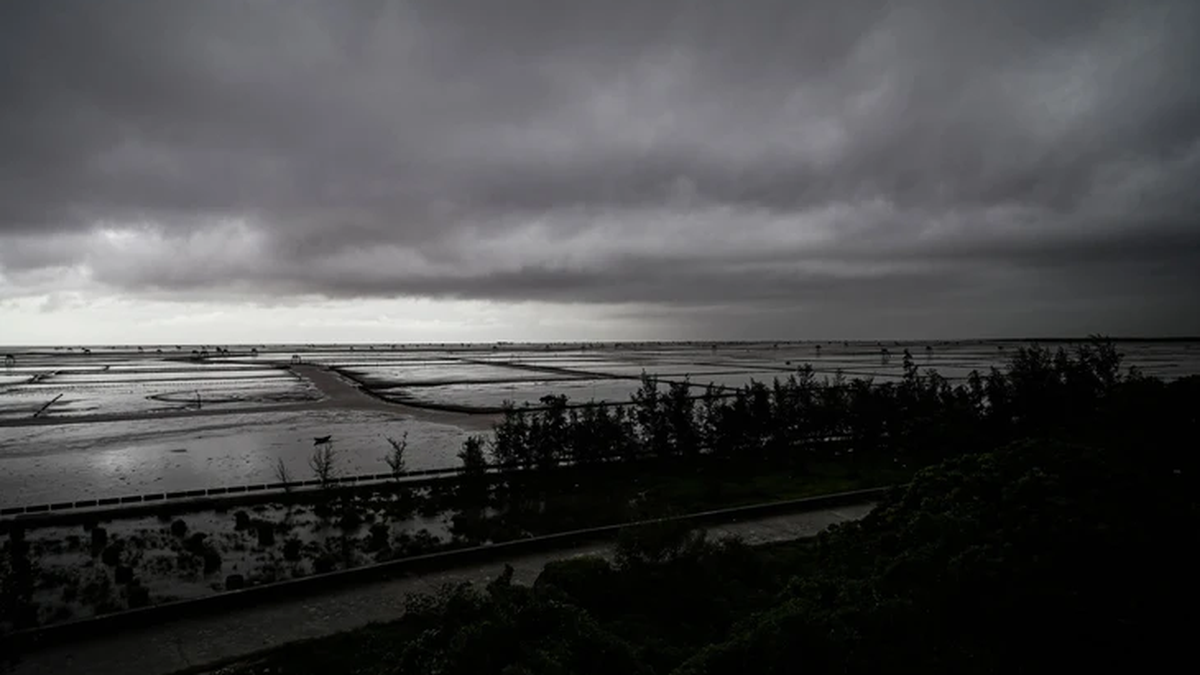

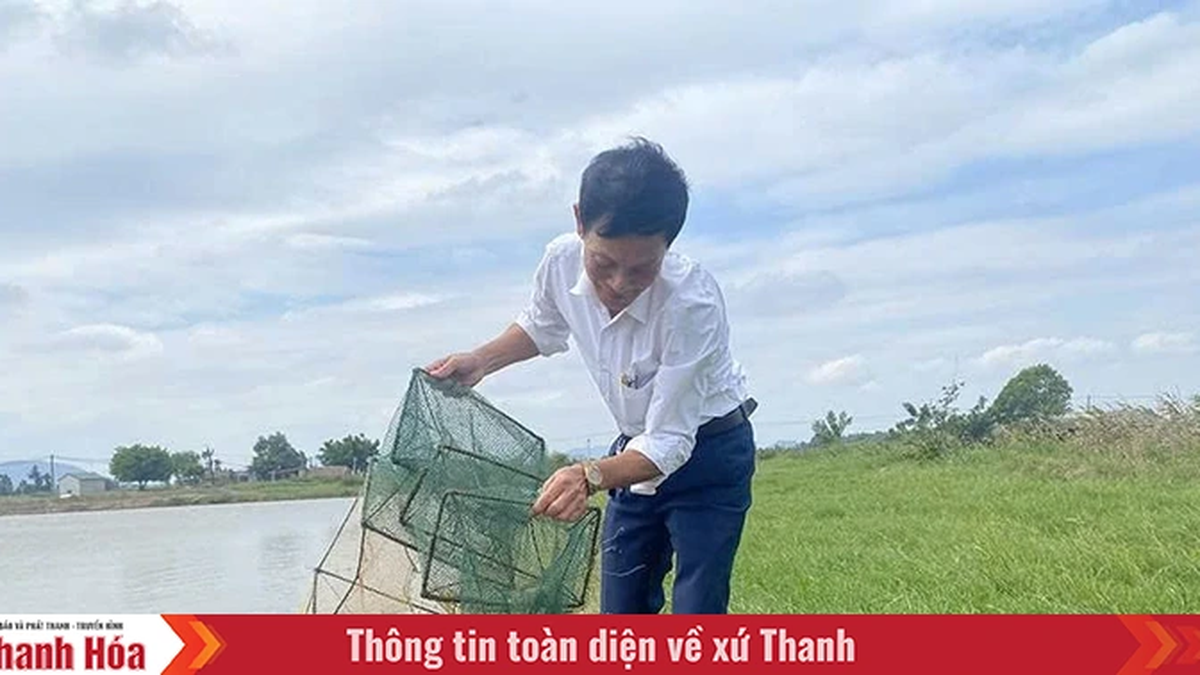












![[Photo] National Assembly Chairman Tran Thanh Man visits Vietnamese Heroic Mother Ta Thi Tran](https://vphoto.vietnam.vn/thumb/1200x675/vietnam/resource/IMAGE/2025/7/20/765c0bd057dd44ad83ab89fe0255b783)







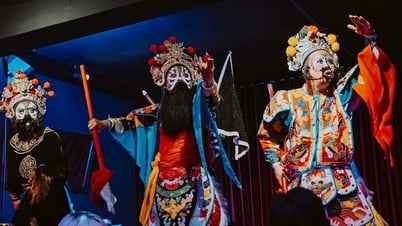











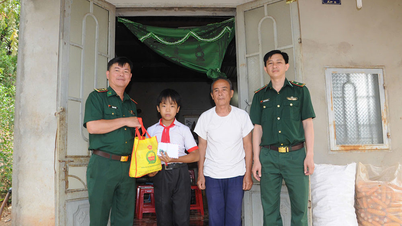

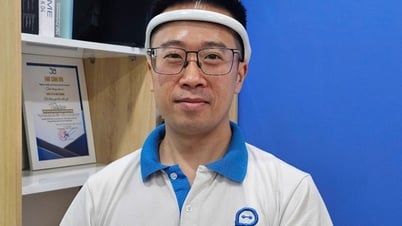

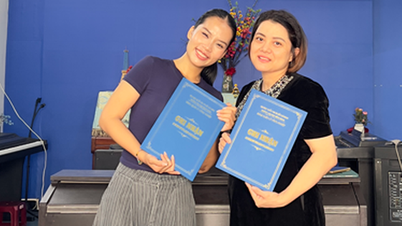
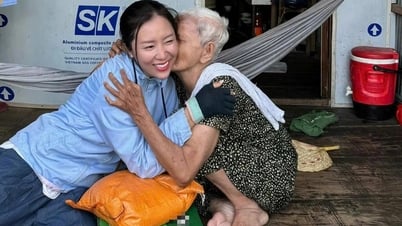



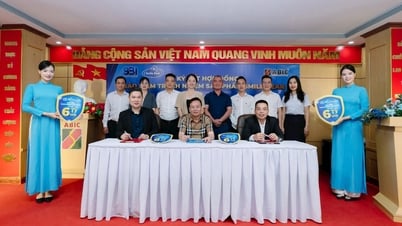















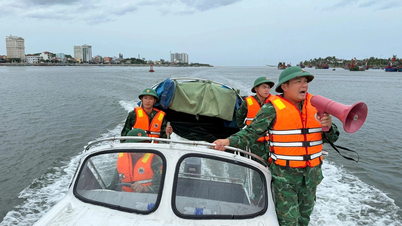
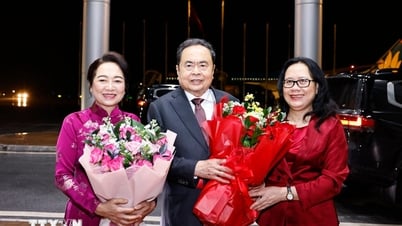

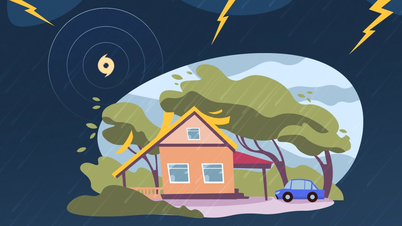
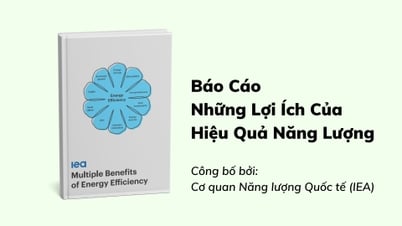

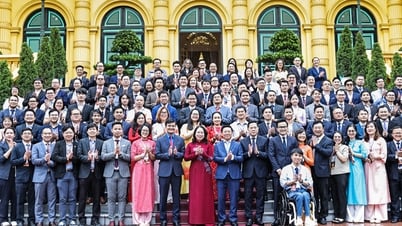

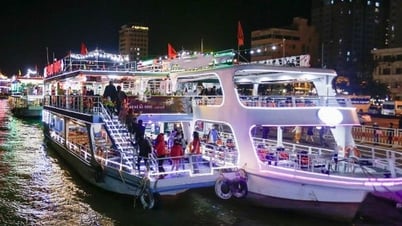

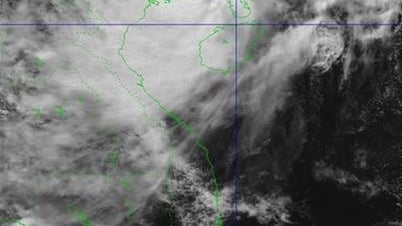
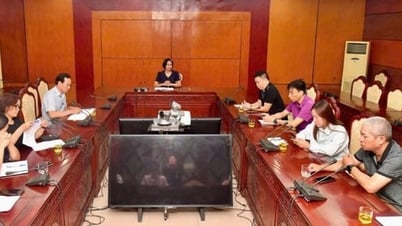


















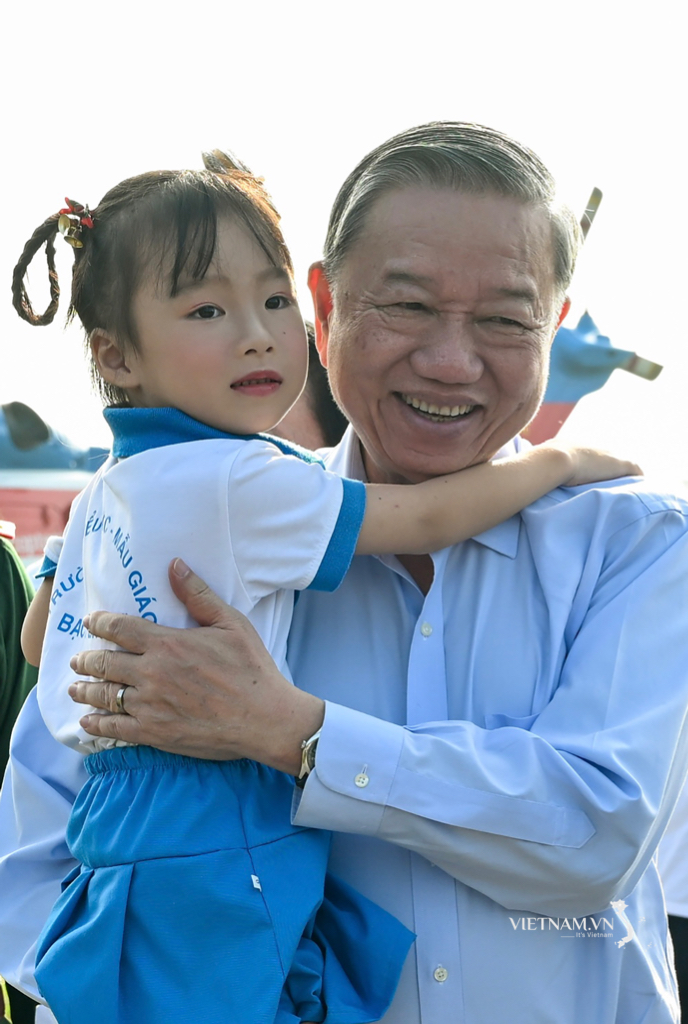
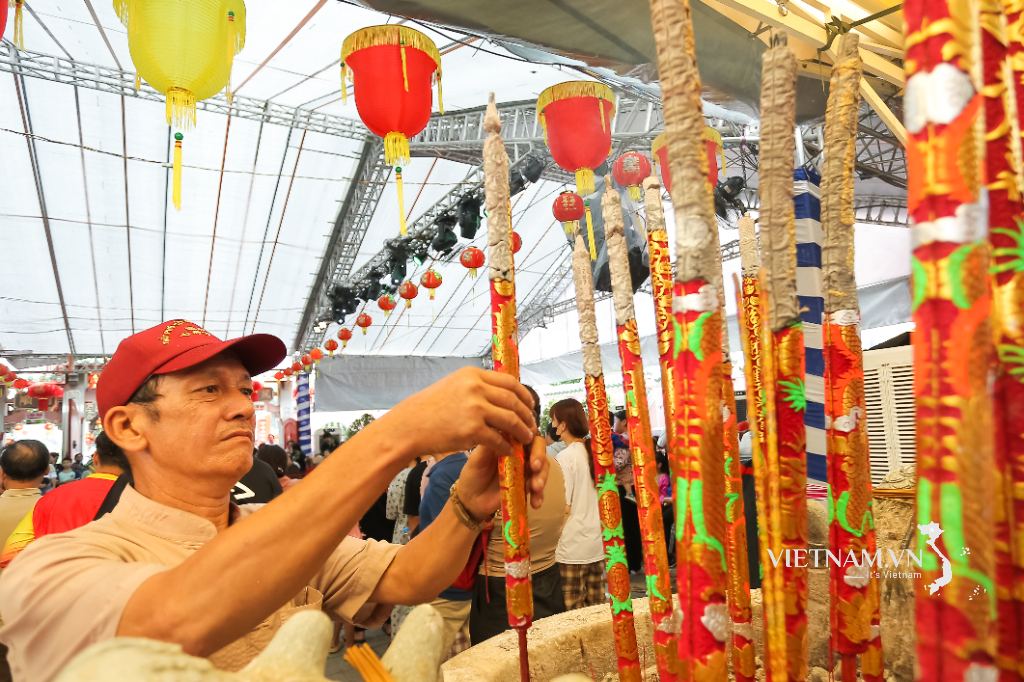
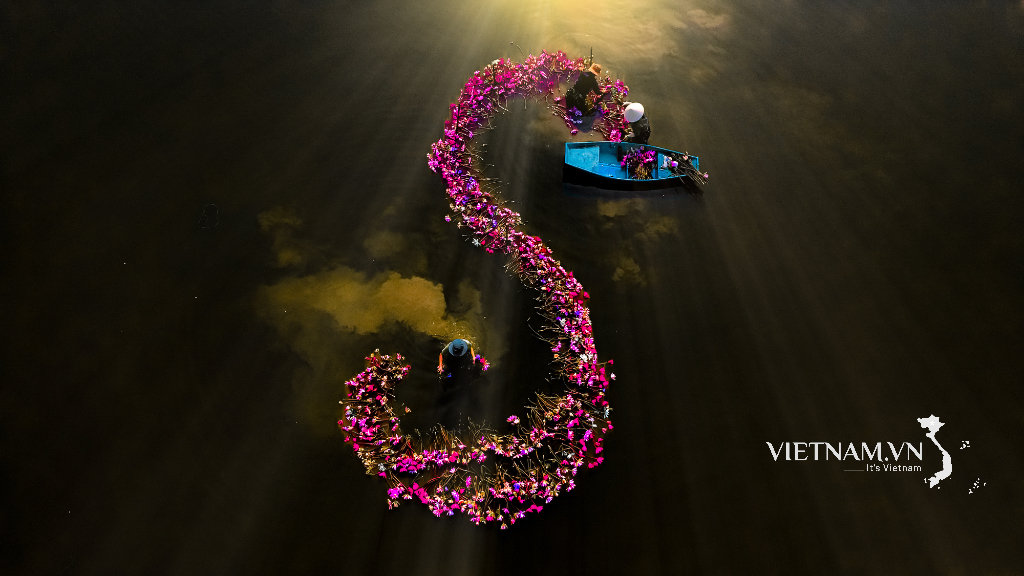
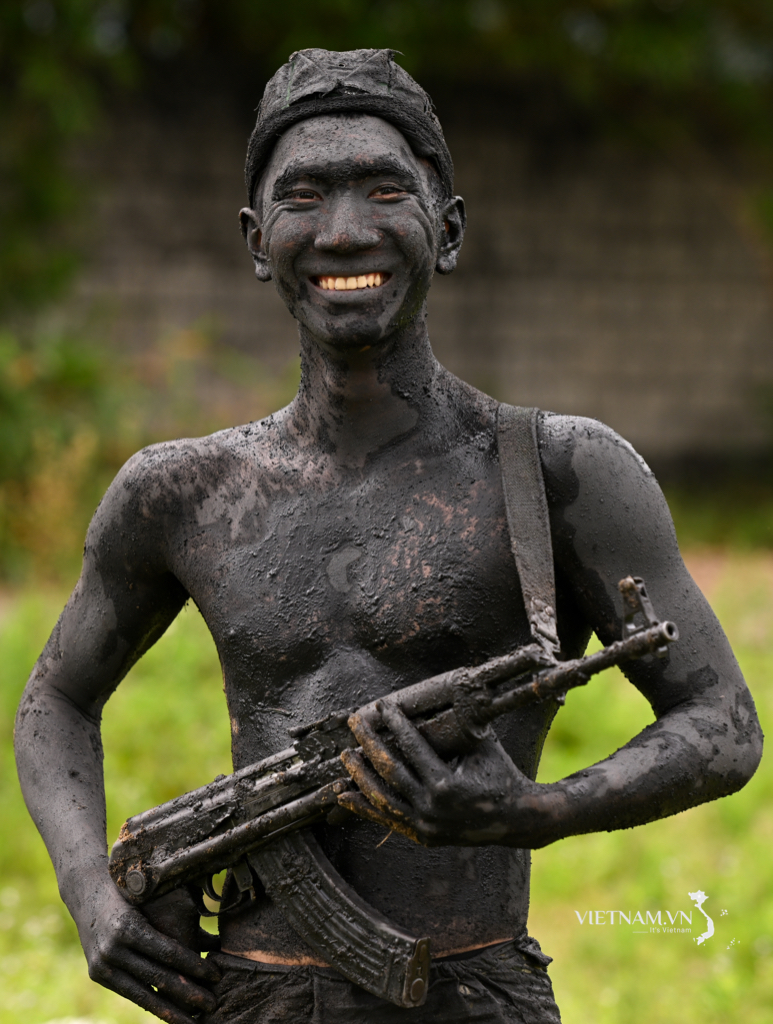
Comment (0)